SUMMARY
This is AI generated summarization, which may have errors. For context, always refer to the full article.
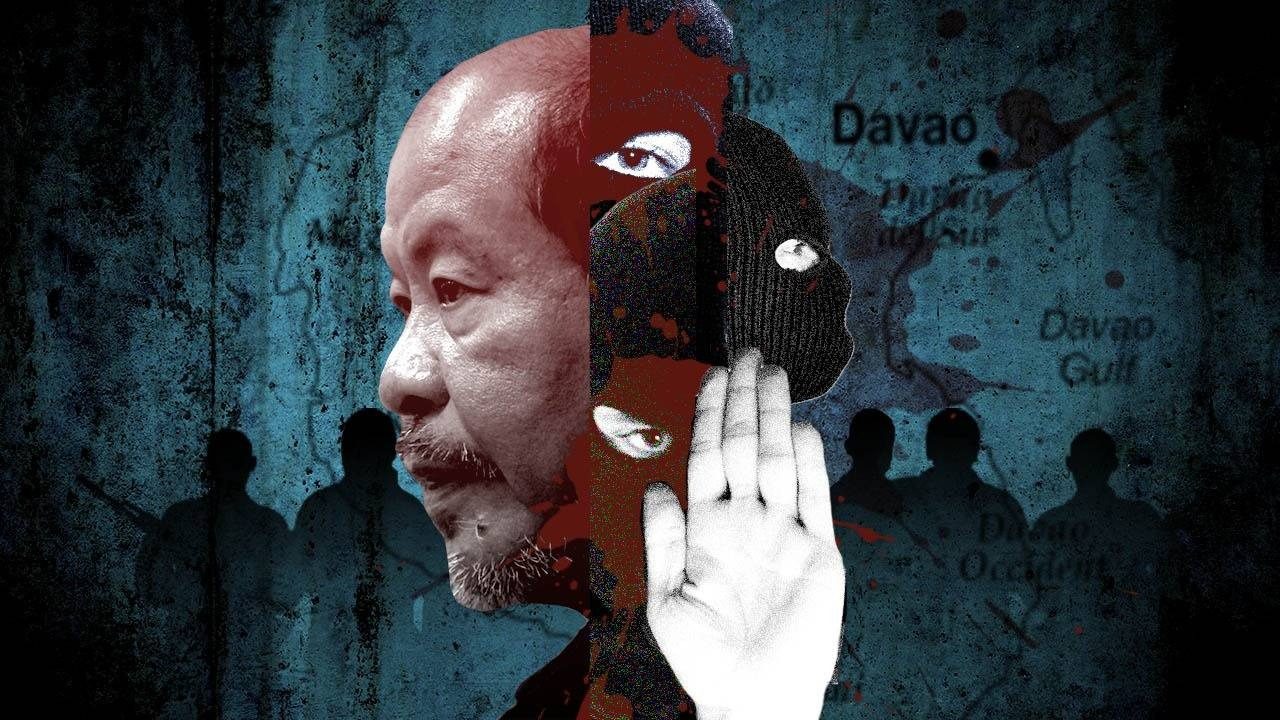
In alleging President Rodrigo Duterte’s role in summary killings in his home city and in naming specific hitmen as members of the Davao Death Squad (DDS), Arturo Lascañas is not alone.
Lascañas’ affidavit, submitted to the International Criminal Court (ICC) in October 2020 and portions of it reported on by Rappler, bears striking similarities to accounts of other self-confessed hitmen and even cops interviewed by the Commission on Human Rights (CHR) in 2009, or years before Duterte became president.
These similarities, down to the names of members of the group and the hierarchical structure leading all the way to Duterte, make a compelling case for Lascañas’ credibility.
His affidavit is important to ICC prosecutors, who are investigating state-sponsored killings during Duterte’s time as president and mayor, because it is the most detailed and supposedly firsthand account of the death squad’s operations and Duterte’s alleged involvement in them.
Of all the self-confessed hitmen who have submitted testimony to the ICC, Lascañas is the most senior in rank and stayed the longest in the DDS.
Rappler compared Lascañas’ affidavit to sworn statements to the government by another self-confessed hitman, Edgar Matobato, and two alleged hitmen interviewed by the CHR in 2009.
Certain aspects of Lascañas’ account, particularly the existence of a “Heinous Crime” unit in Davao City police operations, were also publicly confirmed by two persons – a police officer and barangay captain – according to official transcripts of the 2009 CHR hearings on Davao City killings.
Corroborator 1: Edgar Matobato
Edgar Matobato, who in 2016 was chided by senators for “inconsistencies” in his account about the DDS, had issued a sworn statement to the National Bureau of Investigation (NBI) two years before Duterte rose to national prominence.
In his 2014 statement to the Anti-Organized and Transnational Crime Division Death Investigation Unit, he was already providing details on DDS operations and membership that would be echoed by Lascañas in his affidavit years later.
Some crucial information they are consistent on:
- Names of DDS members they identified: Ronald Lao, “Francia” (likely Jay Francia), Jim Tan, Jun Larisma (likely “Jun Narisma” in Lascañas’ affidavit), Rosalino Aquino (“Rizalino Aquino” in Lascañas’ account), Reynante Medina, Bienvenido Furog, Jun Jumawan.
- Lascañas’ close ties with Duterte. Matobato said he heard Duterte tell Lascañas, “If it were not for you, Arthur, Davao City will not be peaceful.” (Duterte, in 2017, admitted knowing Lascañas but said he only saw him “once or twice” a year.)
- Sonny Buenaventura played a key role in DDS operations. Matobato claimed Buenaventura “holds and releases all the funds from Rodrigo Duterte which are to be used in all DDS operations.” He called Buenaventura “little mayor,” someone who had been working with Duterte since he was just a prosecutor.
- Bodies of DDS victims were buried in Laud quarry and the waters surrounding Samal Island.
In the same document, Matobato said he had been the personal bodyguard of Lascañas since 1988. He said the DDS was composed of 35 contractual employees of Davao city hall, assigned to the Civil Security Unit and paid P6,000 every month.
Corroborator 2: Jose Basilio
“Jose Basilio” is the alias by which one of the ex-hitmen identified in the transcripts of interviews conducted by the CHR that had limited circulation. These transcripts were signed by current CHR spokesperson Jacqueline de Guia, confirming their authenticity.
Basilio was 42 years old on May 30, 2009, when he executed his affidavit at the CHR’s central office in Quezon City. His was the DDS insider account most similar to Lascañas’.
Basilio said he was recruited in 2002 as a “civilian asset” of the DDS, which, based on Lascañas’ account, was then called the Heinous Crime Task Group. Basilio called it the Heinous Crimes Investigation Section (HCIS).
Basilio said he was recruited by “Rolando Duwilag,” a name that closely resembles the “Roland Duhilag” identified by Lascañas in his affidavit as among the “force multipliers or hitmen” of the DDS during Duterte’s third mayoral term.
The Duhilag brothers (the others are “Yan-Yan,” “Alan,” and “Valentin”) were said to have lived near the Mandug mass graves used by the hitmen to bury bodies, according to Lascañas.
Basilio’s account is consistent with Lascañas’ on these other crucial aspects:
- Sonny Buenaventura was the source of kill orders.
- Fulgencio Pavo, Arturo Lascañas, Jim Tan, and Jun Naresma were police officers who were also the top hitmen.
- Bienvenido Furog and Reynante Medina were members of the heinous crime unit.
- Laud quarry was a site of mass graves for HCIS victims.
Basilio claimed to have joined a kill operation with Jim Tan, Jun Naresma, Fulgencio Pavo, and others in 2003. They shot an ex-cop, ex-soldier, and a woman supposedly involved in drugs.
He also told the CHR that he was told by DDS members that Lascañas had shot dead a certain Allan Estrada. This was corroborated by Lascañas’ affidavit, in which he attests to have killed Estrada, an ex-cop issued an arrest warrant for kidnap-for-ransom, in 2007. Lascañas even alleged that Duterte himself gave the kill order and handed him a gun to plant on Estrada’s body as evidence of “nanlaban” (resisting arrest).
Lascañas’ and Basilio’s accounts differ in that Basilio claimed Lascañas was with Matobato in the Estrada operation while Lascañas said he was with policeman Alden Delvo.
Corroborator 3: Crispin Salazar
A second hitman interviewed by the CHR on June 24, 2009, was recruited as a DDS member a decade before Basilio. “Crispin Salazar” (also an alias), a former New People’s Army member-turned-farmer, claimed to have been recruited by Duterte himself in 1992. This was the early years of the DDS, when it was known as the Anti-Crime Task Force Office, according to Lascañas.
Salazar said he met Duterte in his Matina house, where the mayor asked him, “Are you up to this kind of work, to kill the dregs of society, like drug addicts, drug pushers, and thieves?”
Salazar’s account corroborates Lascañas’ claim that hitmen and cops were rewarded as much as P15,000 for every kill. Lascañas mentioned even higher amounts for major kill contracts or assignments.
Salazar also claimed Duterte would visit the hitmen’s “safehouse” almost “once a week” and would sometimes give them the lists of targets.
Corroborator 4: SPO1 Vivencio Jumawan Jr.
One active cop, SPO1 Vivencio Jumawan Jr., testified at a May 22, 2009, public inquiry conducted by the CHR in Davao City, where he confirmed the existence of the HCIS as a sub-unit of a division in the Davao City Police Office.
Rappler obtained a transcript of the CHR proceedings, signed by stenographer Norma T. Escudero on June 20, 2009.
An active cop at the time of the hearing, Jumawan confirmed he was a member of the HCIS and that it was headed by police inspector Jay Francia, whose name appears in Lascañas’ affidavit as a hitman.
Jumawan might have been mentioned in the Lascañas affidavit, which lists down a “PO2 Jovencio Jumawan” as one of the members of the Heinous Crime Task Group that had been active from 2001 to 2016.
Jumawan also publicly named Lascañas, Jim Tan, Bienvenido Furog, Reynante Medina, Fulgencio Pavo, and others as HCIS members. This was years before Lascañas’ name made national headlines.
However, Jumawan denied the HCIS assassinated drug pushers and users, and insisted that Sonny Buenaventura was not a member. He said that Buenaventura was merely the “driver-bodyguard” of Duterte.
Jumawan said the “Heinous Crime Unit” pursued “murder, robbery, kidnapping, and illegal drugs” cases, and implemented related search warrants and entrapment operations.
Corroborator 5: Ex-cop and barangay chairperson Fulgencio Pavo
Fulgencio Pavo, a former policeman who became chairperson of Barangay Kapitan Tomas Monteverde, testified in the same May 2009 hearing to the existence of a “Heinous Crime Unit.” He admitted he used to lead it from 2001 to 2004. But he said the unit was under the Davao City Police Office and was in charge of “sensational cases” and “illegal drug cases.”
Pavo said they conducted case build-up based on lists of drug pushers and users supposedly from the Philippine Drug Enforcement Agency.
Denials by Duterte and his trusted men
In that same public hearing, the CHR heard from other personalities accused of involvement in the DDS. These same personalities would be named in Lascañas’ affidavit years later.
From CHR transcripts and records:
- Sonny Buenaventura (spoke at a public inquiry on April 17, 2009) – He said he only knew about extrajudicial killings through news reports and did not remember when they started. He said he was merely a driver and bodyguard of Duterte. Buenaventura himself validated this summary of his remarks on April 30, 2012, in CHR’s “summary of provided information” obtained by Rappler.
- Bong Go (May 22, 2009, CHR public inquiry) – He said he had “no knowledge” of the existence of the death squad and its organizational structure. He denied knowing about a system of hit lists prepared by barangay officials or having a private army.
- Alden Delvo (May 22, 2009, CHR public inquiry) – Then-police chief inspector and San Pedro Police Station precinct commander, he only confirmed that there were killings in his area of jurisdiction, but that they labeled them as “murder” or “homicide” cases, not summary killings. He denied maintaining a gun-for-hire group.
- Rodrigo Duterte (March 30, 2009 CHR public inquiry) – He promised to resign if there was any evidence of city hall and police working together to carry out summary killings.
Why the consistency matters
Taken together with Lascañas’ ICC affidavit, all these testimonies show that, as far back as 2009, Lascañas was identified by multiple people as being part of a group of hitmen taking orders from Duterte or an official police unit involved in pursuing illegal drug cases.
The details shared and corroborated between Lascañas’ account and those of people interviewed by the CHR show a compelling consistency, challenging Duterte’s blanket denial of the existence of a Davao Death Squad and his involvement in their operations. – Rappler.com
Contributors to “THE LASCAÑAS AFFIDAVIT | ‘I KILLED FOR DUTERTE’” series: Lian Buan, Jodesz Gavilan, Glenda M. Gloria, Chay F. Hofileña, Pia Ranada, Rambo Talabong
Read and watch the stories in this series:
- THE LASCAÑAS AFFIDAVIT | ‘I killed for Duterte’
- ANG LASCAÑAS AFFIDAVIT | ‘Inutusan akong pumatay ni Duterte’
- DDS insider links Rodrigo Duterte, Michael Yang to drug trade
- First in PH history: ICC grants limited immunity to Duterte accuser Lascañas
- Davao shabu lab raid: ‘Eliminate them all’
- Green Heights roundup: Workers killed for possibly knowing about shabu lab
- Why the Laud quarry, ‘mass grave’ for DDS victims, haunts Lascañas
- Davao Death Squad buried ‘garbage’ bodies in these other dumping grounds
- Duterte hitmen confirm Lascañas’ stories of Davao killings
- ‘Deny everything’: Cayetano, Dela Rosa prepared witnesses for Senate DDS probe
- Duterte as ‘Superman’: Lascañas details Davao Death Squad operations
- ‘I hold the truth’: Ex-Davao hitman Arturo Lascañas is not afraid of Rodrigo Duterte
- WATCH: Who is self-confessed Davao Death Squad member Arturo Lascañas?
- NEXT: Duterte promotes alleged key Davao hitmen to national posts
Add a comment
How does this make you feel?
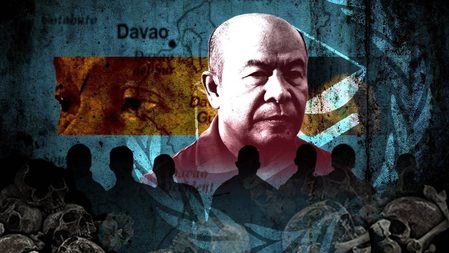
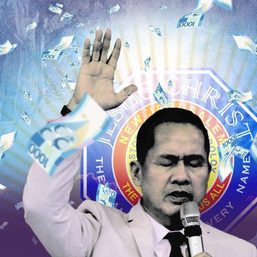
![[The Slingshot] Alden Delvo’s birthday](https://www.rappler.com/tachyon/2024/04/tl-alden-delvo-birthday.jpg?resize=257%2C257&crop=263px%2C0px%2C720px%2C720px)
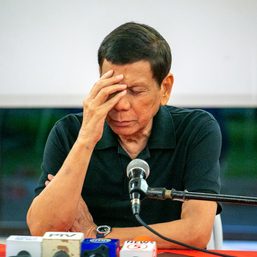

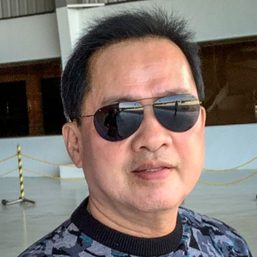
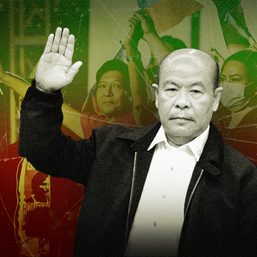
![[The Slingshot] Rodrigo Duterte’s one last act of corruption](https://www.rappler.com/tachyon/2023/12/duterte-300-guns-december-22-2023.jpg?resize=257%2C257&crop=403px%2C0px%2C1080px%2C1080px)
![[The Slingshot] The 1 valiant Davao group that stood up to Duterte](https://www.rappler.com/tachyon/2023/08/CASE-TL-aug-12-2023-1.jpg?resize=257%2C257&crop=274px%2C0px%2C720px%2C720px)
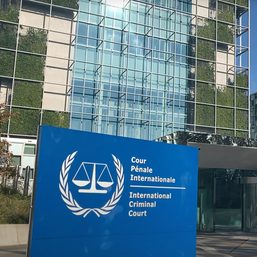
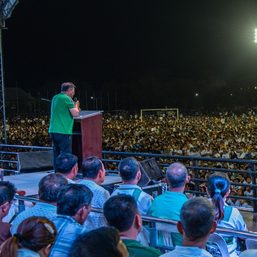
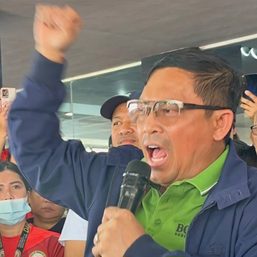
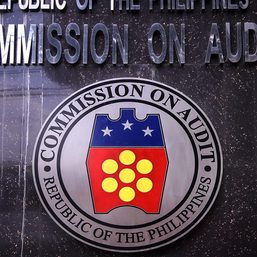
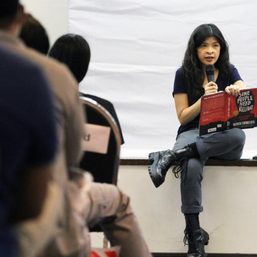
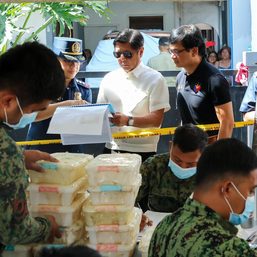
![[OPINION] ‘Some people need killing’](https://www.rappler.com/tachyon/2024/04/tl-some-people-need-killing-04172024.jpg?resize=257%2C257&crop_strategy=attention)
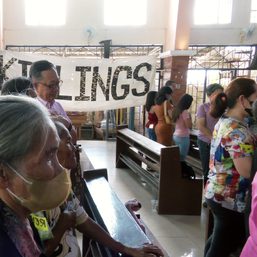
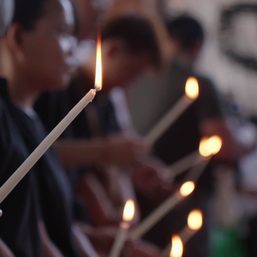
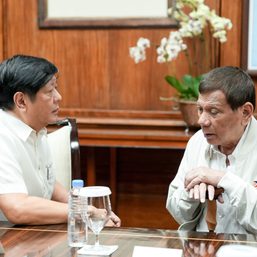
![[EDITORIAL] Ang low-intensity warfare ni Marcos kung saan attack dog na ang First Lady](https://www.rappler.com/tachyon/2024/04/animated-liza-marcos-sara-duterte-feud-carousel.jpg?resize=257%2C257&crop=294px%2C0px%2C720px%2C720px)
![[Newsstand] Duterte vs Marcos: A rift impossible to bridge, a wound impossible to heal](https://www.rappler.com/tachyon/2024/04/duterte-marcos-rift-apr-20-2024.jpg?resize=257%2C257&crop=278px%2C0px%2C720px%2C720px)
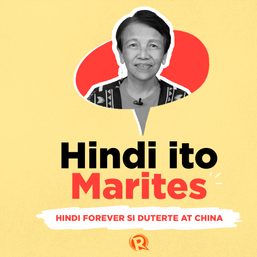
There are no comments yet. Add your comment to start the conversation.